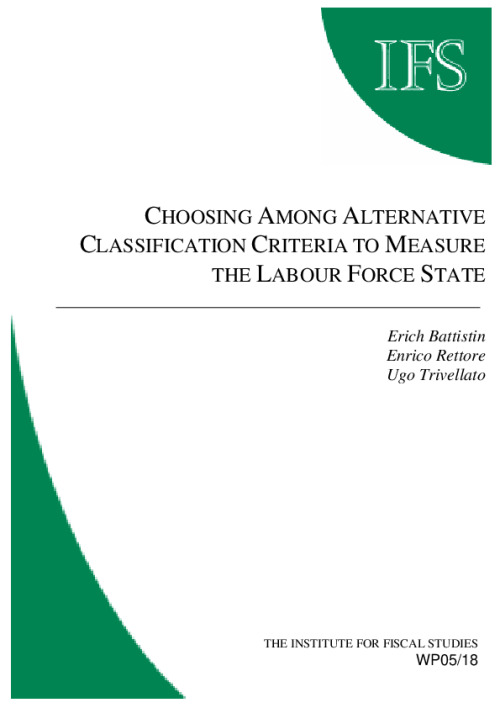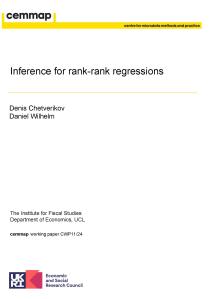Current labour force counting relies on general guidelines set by the International Labour Office(ILO) to classify individuals into three labour force states: employment, unemployment and in activity. However, the resulting statistics areknown to be sensitive to slight variations of operational definitions prima facie consistent with the general guidelines. In this paper two alternative classification criteria are considered: a 'strict' criterion followed by Eurostat, which results from a stringent interpretation of the ILO guidelines, and a 'mild' criterion followed by the Italian Statistical Office up to 1992. We first show that the labour force statistics resulting from the two classification criteria differ considerably. We then discuss the relative merits of the two criteria by comparing those individuals whose classification depends on the criterion adopted to individuals whose classification is common across criteria. Similarities are established with respect to characteristics known to be relevant to the labour force state to assess which benchmark group individuals whose state is questionable look like the most. An application is presented to samples of married women from the Italian Labour Force Survey from five survey occasions between 1984 and 2000. Results are neatly in favour of the 'mild' criterion and are rather robust to changes in the business cycle, the participation rate, local labour market conditions and the questionnaire design.










